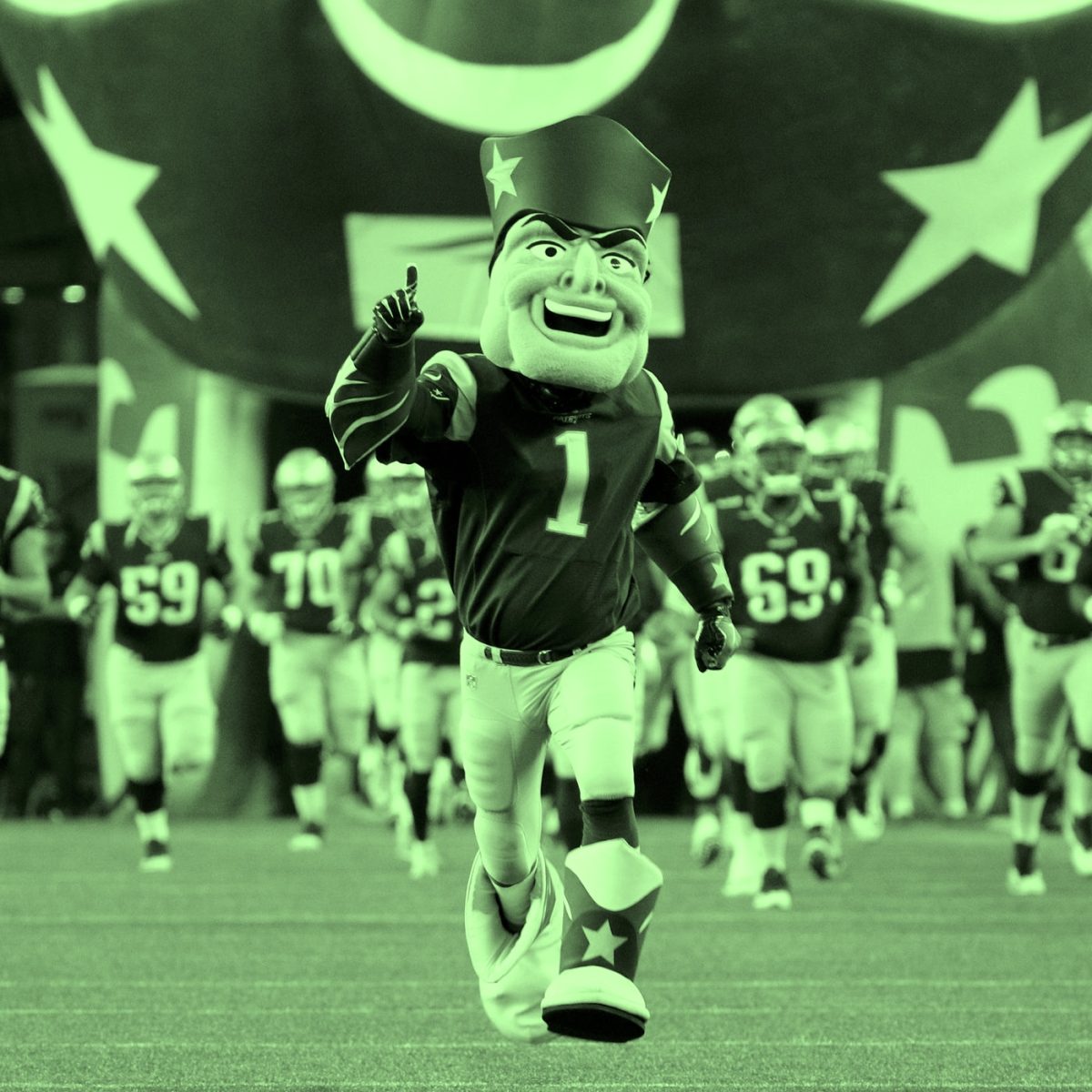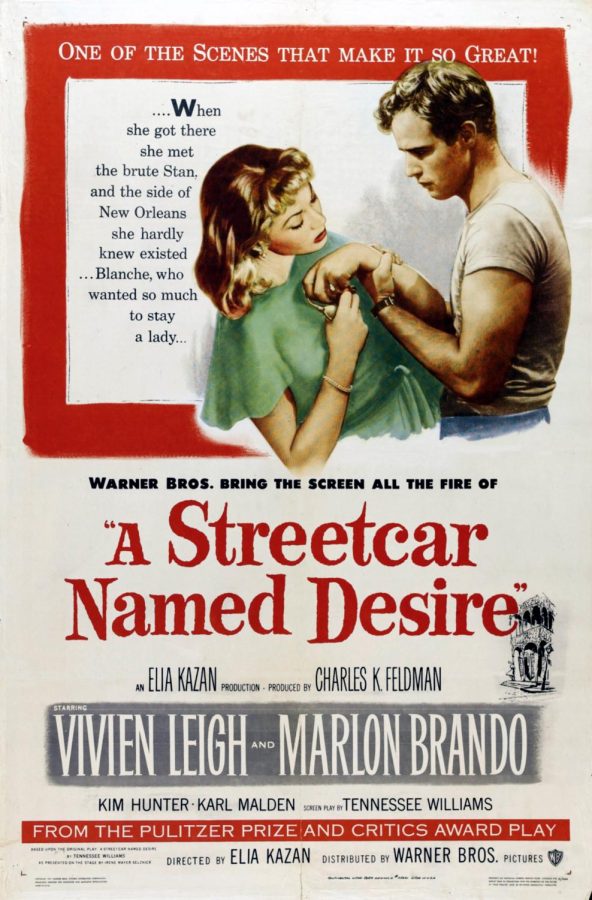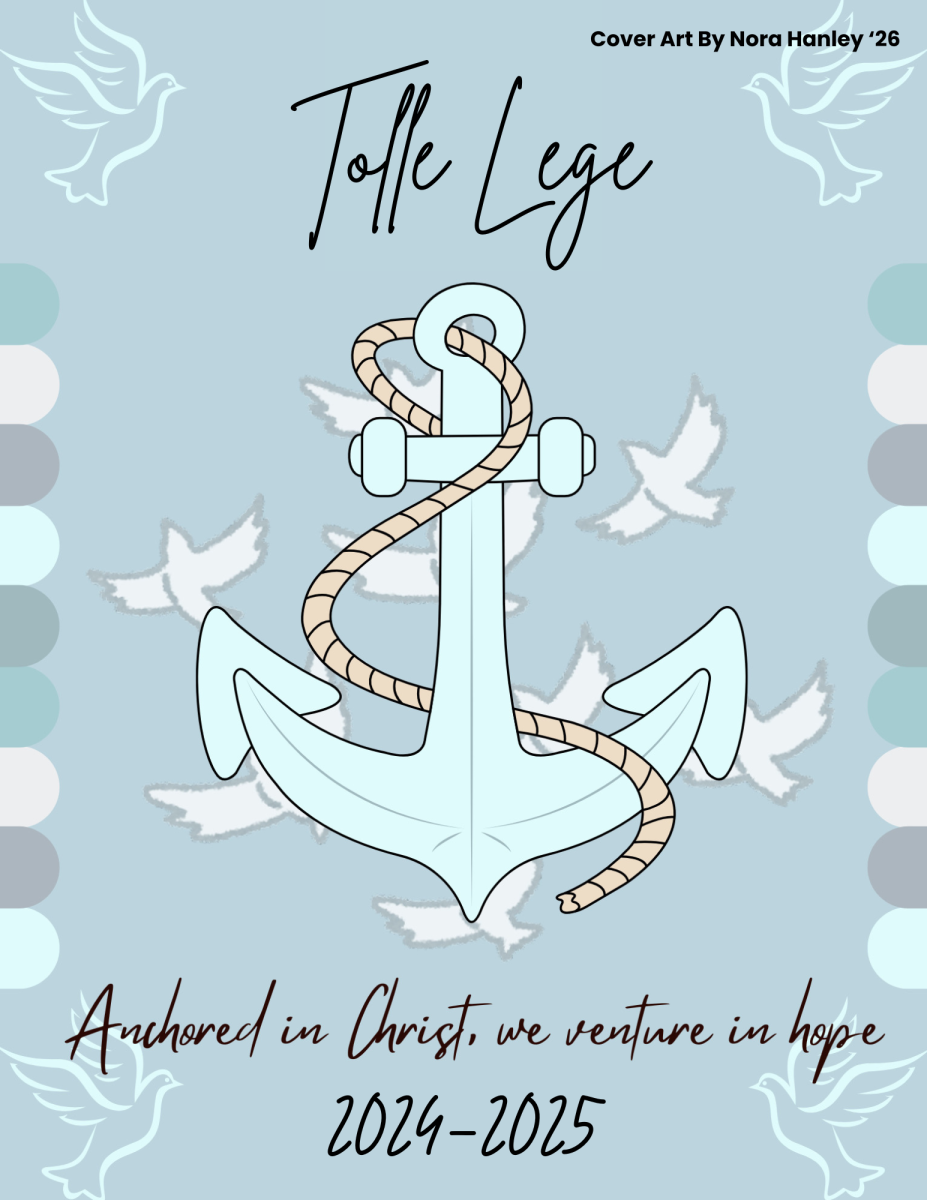Recurrences in Tennessee Williams’ ‘A Streetcar Named Desire’
January 9, 2023
A Streetcar Named Desire is a formalist adventure; somehow, everything has a double meaning and a great significance to the meaning of the play. From Blanche’s trunk being her emotional baggage through life to how the two rooms show the separation of reality and delusion only shielded by the thin curtain of Blanche’s weak psyche. Recurrence of certain objects and music accent certain themes and emotions in the book that further the audience’s understanding of the internal minds of the characters. In A Streetcar Named Desire, the constant reoccurrence of the Varsouviana shows Blanche’s fractured reality and her delusions. At the same time, alcohol reveals our true selves throughout the book, full of delusions, a quest for relief, and the violence inside.
Blanche’s distorted psyche and relationship with the past are accented with the polka song the Varsoviana, and its presence in certain moments heightens the discontent between her and reality. One of these instances is when she reminisces on her marriage with Allan, who she drove to suicide after shaming him for being gay. When asked about her first marriage, the Varsouviana plays faintly in the background but goes into full surge when she tells the full story to Mitch. They had danced the Varsouviana together, and now the song forever lives in her head. Reality and her past constantly intertwine throughout the play. The song plays again when Stanley hands her tickets to Laurel, the town where she has been socially exiled from for being sexually promiscuous. Blanche holds herself in very high moral regard, and can’t cope with the reality that she is not a “pure” woman or someone who would never say something to purposefully hurt another person, which her actions have disproved. Whenever her true image and the image of herself contradict, the Varsouviana plays, showing how she truly can’t cope with the person that she has become. At the end of the book when Blanche is being forcibly hospitalized, the Varsouviana plays distorted in the background. She is distraught and trapped, caught between the reality she has created in her head, and the true reality that lies outside of the apartment. The Varsouviana is a window into the mind of Blanche and its slow collapse.
Alcohol lifts the veil off of the true natures of the characters in A Streetcar Named Desire. In the same way as real life, the characters use it as a way to relieve stress, or simply to escape reality. The first time we see alcohol is in the very first scene when both Blanche and Stanley use it for relief, from both disbelief at Stella’s new life and a long day at work. Eunice also seeks a drink for relief when she heads to a bar after being abused by her husband. Blanche, while also drinking to escape her and Stella’s reality, seeks to escape her past, the Varsouviana constantly playing in her head reminding her of her dead husband. Stanley also has a complicated relationship with alcohol. He becomes very violent when he drinks, hitting Stella during a poker game and raping Blanche. It fuels that fire that is his internal rage; first, he’s not good enough for Stella, then he can’t control his woman. Alcohol symbolizes a loss of control over ourselves, our reality, and the faces we put on for others. It reveals the truth: Stanley’s true violent nature and Blanche’s spiral into madness.
A Streetcar Named Desire is a statement on human nature; our raw passions and our idealistic natures are put into the spotlight and turned into extremes throughout Stanley and Blanche. The recurrences of both of these symbols facilitate further character and plot development. Both the Varsouviana and alcohol help the viewer/reader get into the minds of the characters to better explore the story from their point of view. A Streetcar Named Desire would be incomplete without either of the symbols, and their inclusion in the story helps to create the distortion, confusion, and raw humanity that turn A Streetcar Named Desire from just a story to reality.

























